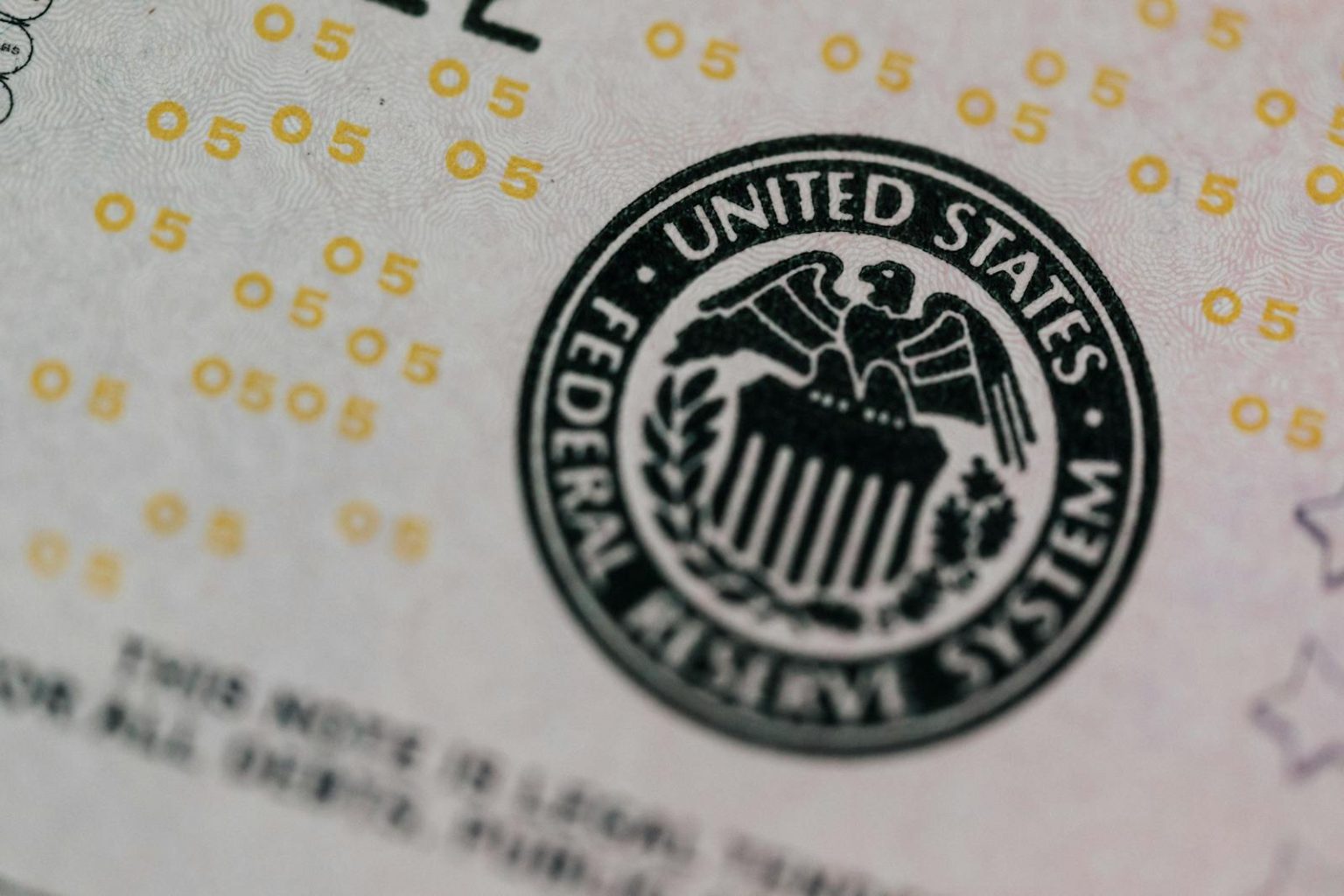The Federal Reserve’s decision to pause interest rate hikes presents opportunities for savers and borrowers to adjust their financial strategies. By understanding the implications of the Fed’s actions, you can better manage your savings and debt. For savers, high-yield savings accounts and money market accounts are currently offering rates between 4.5% and 4.75%, ensuring your savings grow faster than inflation.
Money market mutual funds, though not FDIC-insured, offer an average return of 4.19%, making them another viable option. Certificates of Deposit (CDs) and US Treasuries are good choices for money that isn’t needed immediately but might be required in the next three to five years. CDs currently offer yields between 4.25% and 4.65%, while Treasuries offer yields between 4.19% and 4.34% and are exempt from state and local taxes.
AAA-rated municipal bonds provide yields between 2.61% and 4.21% and are typically exempt from federal tax, and potentially state and local taxes, depending on your location. Given the current economic outlook, Fed watchers do not anticipate significant rate cuts soon, meaning interest payments on various types of debt will remain high. It’s essential to manage your credit obligations efficiently.
Managing financial strategy amid Fed pause
The prevailing interest rate on credit cards remains high, averaging 20.14% for variable rates. Applying for a 0% balance transfer card or consolidating high-interest credit card debt into a personal loan, which typically offers a lower rate averaging 12.46%, can help lower this burden.
Mortgage rates are influenced by the 10-year US Treasury yield and other economic factors. As of January 23, the average 30-year fixed-rate mortgage was 6.96%. Refinancing might be beneficial if you can lower your rate by at least half to three-quarters of a percentage point.
Borrowing against home equity remains costly, with the average home equity loan rate relatively high as of January 22. It’s unlikely these rates will decrease substantially in the near future. Every Federal Reserve decision on interest rates is an invitation to reassess whether you’re maximizing returns on your savings and minimizing costs on your debts.
Savvy adjustments in line with the Fed’s actions can help optimize your financial health.

